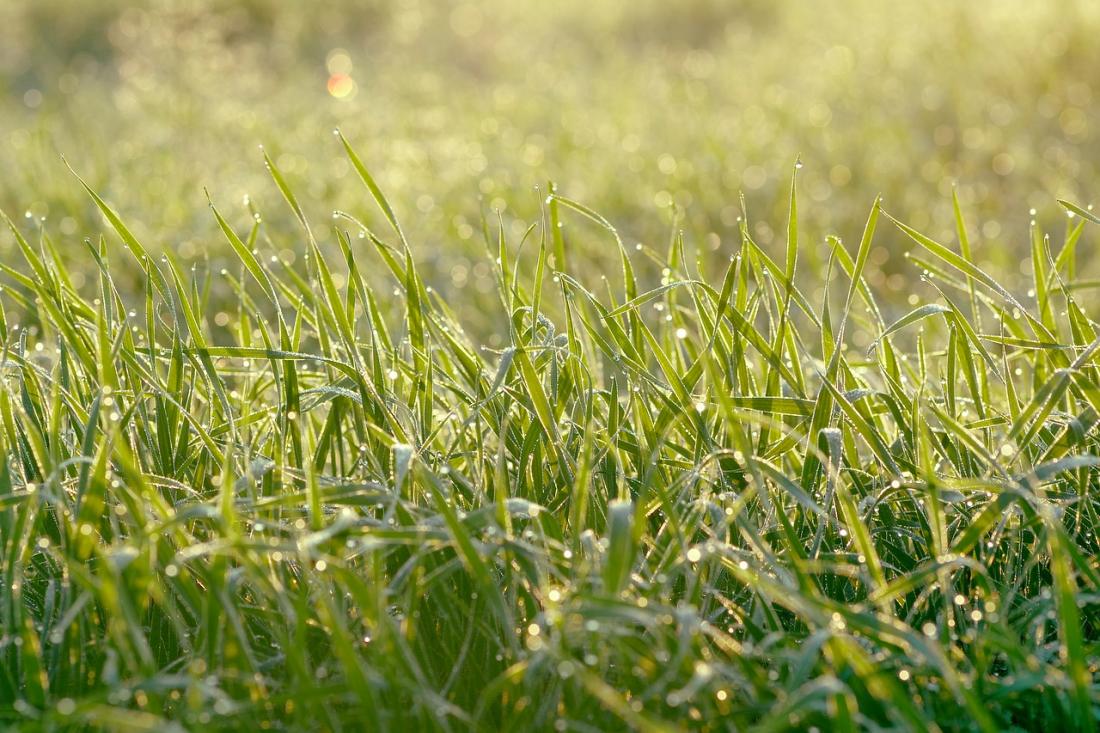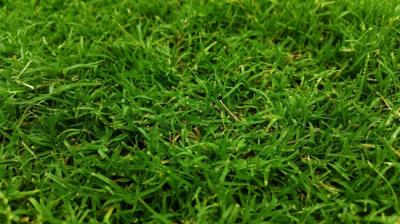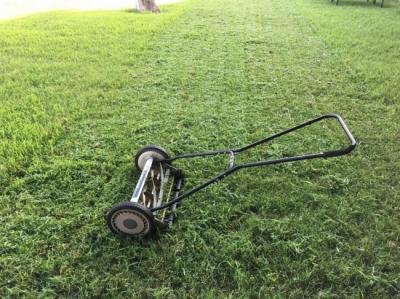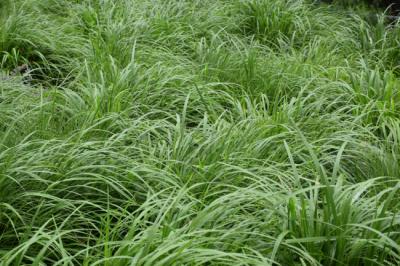Preparing the site before installing Emerald Zoysia is important if you want it to grow healthy and lush green. The appropriate soil preparing process can reduce the sod's water consumption by 20-30%, and the main thing included in the soil preparation is adding the compost. This helps the clay soils to drain better and soft soils to retain more moisture, which later assists in the grass's ideal growth. However, the question is, how do you prepare the lawn area? If you have been looking for an answer to this question, this guide is for you.
Without further delay, let's begin with six simple steps to prepare the site for sodding.
Step 1: Clear the Area for Emerald Zoysia
The first step to installing the emerald zoysia is preparing the site. First, you need to clear out the entire area from any sort of debris, wood, cement, bricks, weeds, or rocks that are larger than 2-3 inches in diameter. The presence of these substances can create problems eventually. For instance, it can make the area compacted, prone to dryness, and difficult to aerate. You only get one chance to start your lawn with a clear site that is free of any debris.
Step 2: Remove Existing Grass
After clearing out the site, the next step is to clear the old or dead grass that exists on the surface. The best way to remove the old existing grass is to use sod cutters. That is important to do before you start the rotter tilling because the majority of them will not break it up. If you end up tilling in the old grass, it won't be easy to grade the clamps of the new grass.
Step 3: Establish a Rough Grade
Once the field is free of any grass or other substance, the next step is to establish a rough grade. How do you know it is required or not? If you need to reshape the soil more than 2 inches, it is recommended you perform one more step before soil preparation, i.e., establishing the grade. For that purpose, cut down all the higher spots and then use the topsoil to fill in all the holes. Grade your lawn before installing Emerald Zoysia sod so the water stays away from the house's foundation.
Step 4: Soil Preparation
This step involves spreading the compost evenly throughout the surface to be tilled. The ideal rate would be 3-6 cubic yards per 1000 square feet. Make sure you rotor the till in the compost 4-6 inches deeper. Suppose the ground is harder; then water the area properly the day before. After it has been softened up, pulverize the soil with the compost by making multiple passes, when required. To firm the ground for grading, you can also use the tiller to wheel pack.
Step 5: Get A Sprinkler System
Installing a quality sprinkler system will help save water, time, and money overall; also, it adds value to your house. A proper sprinkler system will help to water the entire area more efficiently. Even you can find an automatic sprinkler that helps water in multiple cycles, preventing runoff.
Step 6: Establish Fine Grading
Once the sprinkler system has been installed, it is time to fine-grade your lawn area with a landscape or garden rake. Next, break up the clods to around ¾ inches, and remove any rocks from them. The soil you make should be one inch below the driveways, patio, and sidewalks. Remember, when installing Sod Farm products, you can't go back to fix the grade. Therefore, you need to make sure before you install the sod, the area is clump-free and smooth.
So, these are some of the steps you can follow to prepare your lawn area to get a lush green and healthy Emerald Zoysia. For further assistance, contact us by calling (404) 631-7610.
Keep in mind that your responsibility doesn't end with installing the sod. To know what should you do or not to keep it healthy, there are some mistakes should avoid after the installation of new sod.
Now, moving on to our next section, we answer our customers' questions on preparing the soil.
Frequently Asked Questions
What should I put on my soil before laying sod?
You should put fertilizer on the soil before installing the sod. The recommended ones for starting are Nitrogen-Phosphorus-Potassium 10-10-10. Slowly incorporate this fertilizer in the top 2-3 inches of the topsoil to avoid root injury.
Should you put topsoil down before sod?
It depends on two conditions: If your current topsoil is less than 2 inches deep or below the soil is mostly clay and or sand, then you need to put topsoil before sodding.
Will sod grow on compacted soil?
If your lawn is covered with hard soil, it will be difficult for the sod to thrive. Therefore, it is better to prepare and loosen the soil which helps the sod to grow quickly.






